Mitsubishi fuel pump
Mitsubishi fuel pump
Mitsubishi fuel pump is one of the longest lasting parts in a Mitsubishi. The replacement Mitsubishi fuel pump must be OEM or built to OEM specs. An aftermarket Mitsubishi fuel pump built to the exact specs of the original factory Mitsubishi fuel pump can provide the same quality minus the OEM price premium. We offer both options of Mitsubishi fuel pumps for our customers.
A fuel pump is essential to all modern internal combustion cars. All modern fuel pumps are electronic fuel pumps. It actually located inside the fuel tank itself. Many might question the safety and logic of putting an electronically charged device such as the fuel pump so close to the fuel itself. Turns out, submerged the electronic fuel pump in cool liquid gasoline is the safest place for it.
Mitsubishi is one of the smaller Japanese auto makers. Rather popular in Asia, Mitsubishi’s sales in the United States have been mediocre at best. Mitsubishi is best known for its Mitsubishi Lancer Evolution model. The Mitsubishi Evolution is a great example of all of Mitsubishi’s best attributes. Light weight? Check. Turbocharger? Check. AWD? Check. Rally suspension? Check. Mitsubishi also supplies turbos to many auto makers around the world as OEM parts.
Prior to the widespread adoption of electronic fuel injection, most carbureted automobile engines used mechanical fuel pumps to transfer fuel from the fuel tank into the fuel bowls of the carburetor. Most mechanical fuel pumps are diaphragm pumps, which are a type of positive displacement pump. Diaphragm pumps contain a pump chamber whose volume is increased or decreased by the flexing of a flexible diaphragm, similar to the action of a piston pump. A check valve is located at both the inlet and outlet ports of the pump chamber to force the fuel to flow in one direction only. Specific designs vary, but in the most common configuration, these pumps are typically bolted onto the engine block or head, and the engine's camshaft has an extra eccentric lobe that operates a lever on the pump, either directly or via a pushrod, by pulling the diaphragm to bottom dead center. In doing so, the volume inside the pump chamber increased, causing pressure to decrease.This allows fuel to be pushed into the pump from the tank (caused by atmospheric pressure acting on the fuel in the tank). The return motion of the diaphragm to top dead center is accomplished by a diaphragm spring, during which the fuel in the pump chamber is squeezed through the outlet port and into the carburetor. The pressure at which the fuel is expelled from the pump is thus limited (and therefore regulated) by the force applied by the diaphragm spring.
The carburetor typically contains a float bowl into which the expelled fuel is pumped. When the fuel level in the float bowl exceeds a certain level, the inlet valve to the carburetor will close, preventing the fuel pump from pumping more fuel into the carburetor. At this point, any remaining fuel inside the pump chamber is trapped, unable to exit through the inlet port or outlet port. The diaphragm will continue to allow pressure to the diaphragm, and during the subsequent rotation, the eccentric will pull the diaphragm back to bottom dead center, where it will remain until the inlet valve to the carburetor reopens.
Because one side of the pump diaphragm contains fuel under pressure and the other side is connected to the crankcase of the engine, if the diaphragm splits (a common failure), it can leak fuel into the crankcase.
The pump creates negative pressure to draw the fuel through the lines. However, the low pressure between the pump and the fuel tank, in combination with heat from the engine and/or hot weather, can cause the fuel to vaporize in the supply line. This results in fuel starvation as the fuel pump, designed to pump liquid, not vapor, is unable to suck more fuel to the engine, causing the engine to stall. This condition is different from vapor lock, where high engine heat on the pressured side of the pump (between the pump and the carburetor) boils the fuel in the lines, also starving the engine of enough fuel to run. Mechanical automotive fuel pumps generally do not generate much more than 10-15 psi, which is more than enough for most carburetors.
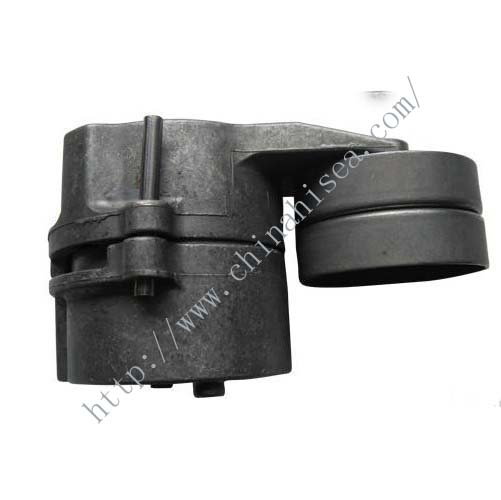
Society certificates


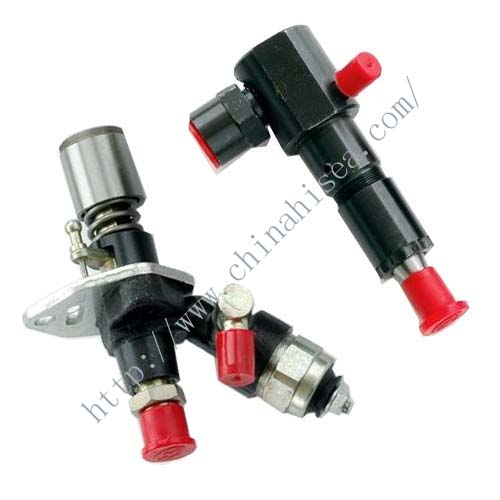
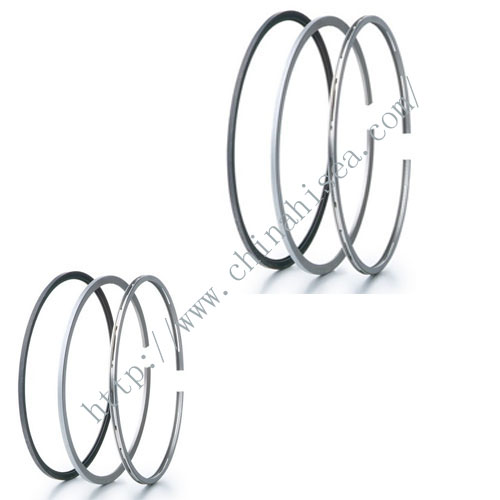
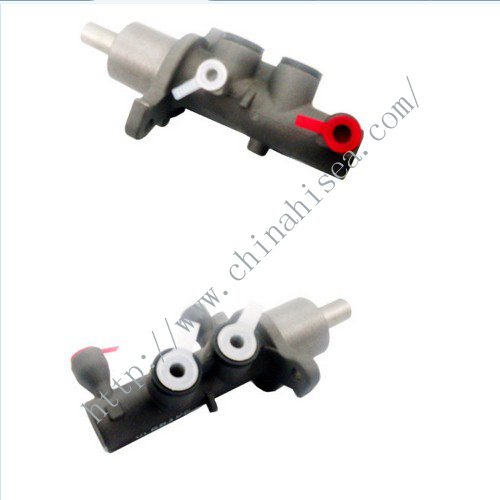
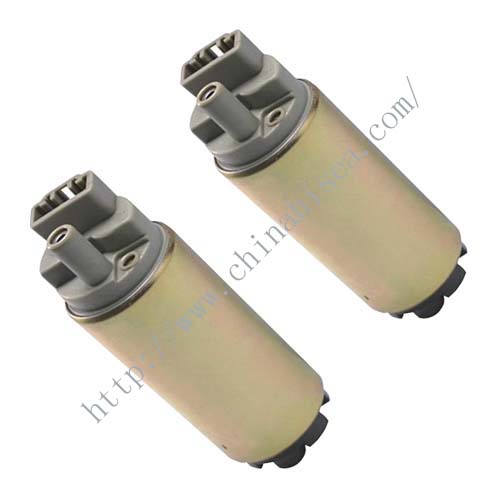
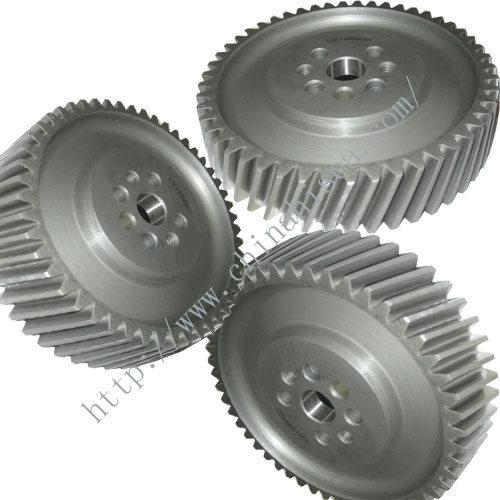
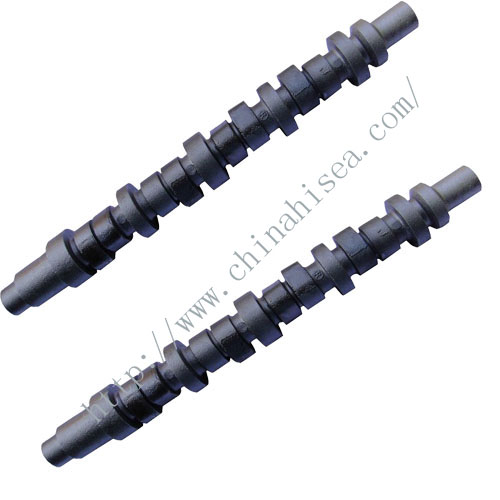
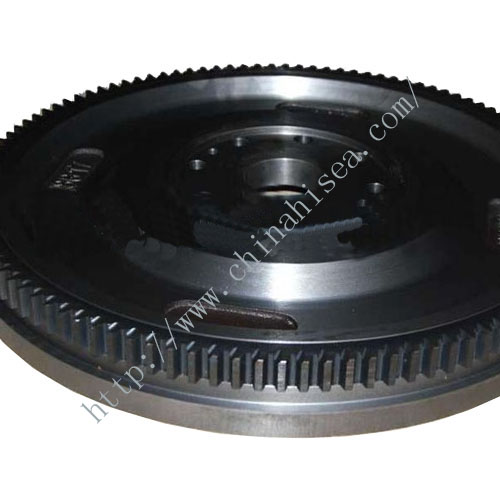
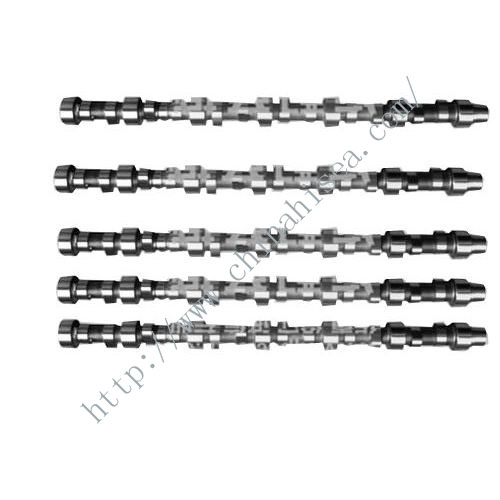
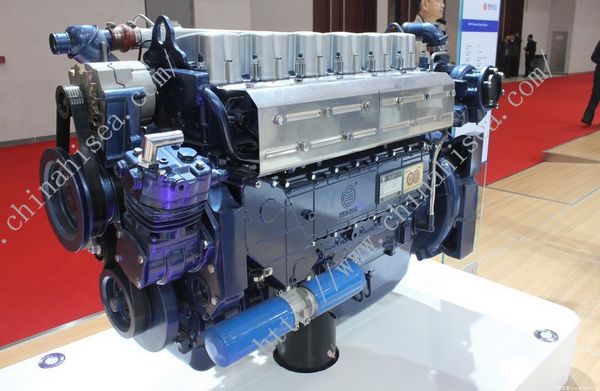
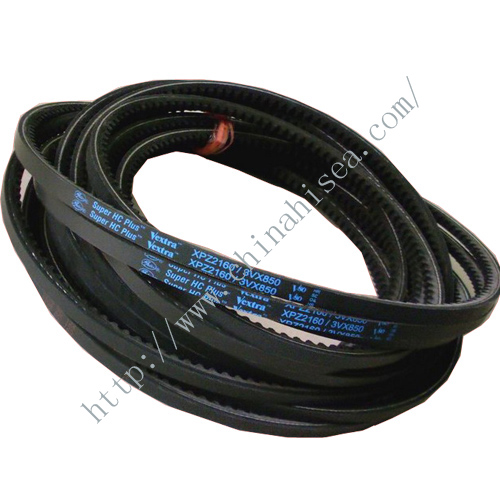
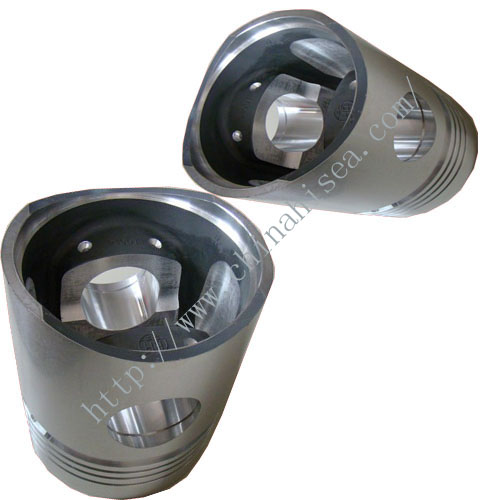
CONTACT WITH US NOW